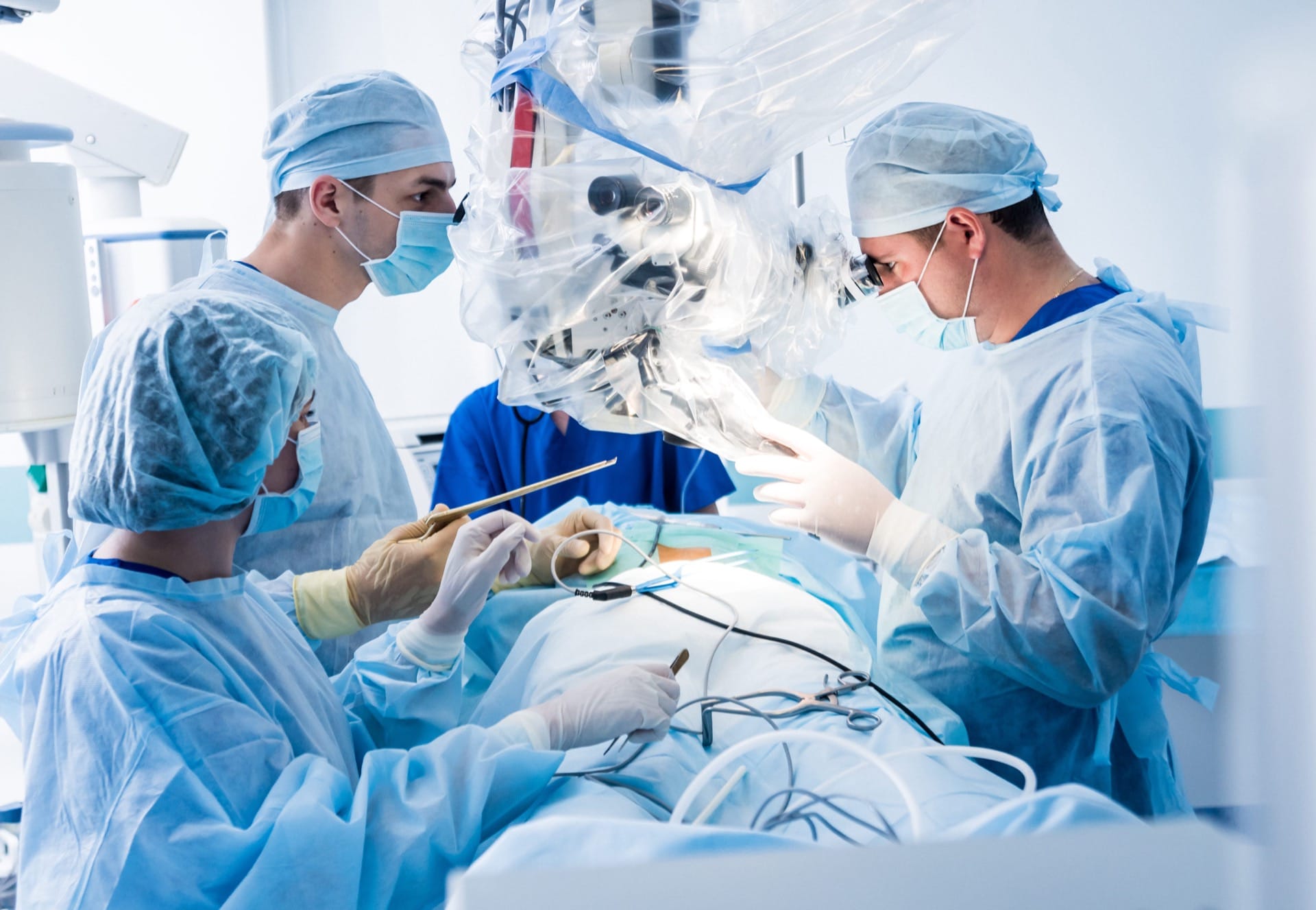
Neck pain can have a major impact on our ability to carry out our daily activities, but in many instances, this pain can be alleviated with rest, pain medication, and ice. However, there are many times when medical intervention is necessary, whether through invasive or non-invasive methods.
Chronic or severe neck and shoulder pain may be caused by a number of injuries or conditions, some of which may affect the discs in the spine. Damaged discs may be treated with non-invasive techniques like steroid injections, but they may lose their effectiveness with time, or might be ineffective from the start. When conservative treatments are ineffective, a surgeon may recommend an anterior cervical discectomy and fusion to correct the issues and start focusing on recovery.
What Is An Anterior Cervical Discectomy and Fusion?
Anterior cervical discectomy and fusion, otherwise referred to as ACDF, focuses on removing damaged discs from the spine. These discs support the vertebrae in the spine, and removing one will leave a gap between the vertebrae that must then be supported using another method. A surgeon will fuse these vertebrae together after removing a damaged disc, and they will ultimately fuse together as one solid piece. Once fused, there is no friction or rubbing between the vertebrae as there was before the discs were removed and the fusion was performed.
Typically, a surgeon will perform the fusion with a bone from either a donor or somewhere else in your own body, or they may opt to use a man-made plate. The fusion will take a few months to fully solidify, during which time the patient will need to closely follow their surgeon’s recovery plan to ensure that they do not injure the area or complicate their recovery.
ACDF is a very helpful surgery that eliminates a lot of the invasiveness that comes with a posterior cervical discectomy since a posterior approach involves cutting through muscles and soft tissues. Taking a front approach reduces the risk of nerve damage, excess scarring, and damage to surrounding soft tissues. ACDF involves a small incision at the front of the neck, and soft tissues and muscles can be moved aside instead of cut through.
Conditions That May Benefit From ACDF
The following are just a few conditions that might be good candidates for anterior cervical discectomy and fusion. But whether or not any of these conditions apply to you, you will still want to speak with a surgeon about specific treatments for your unique situation.
Herniated Discs
When the discs between the vertebrae are ruptured, the gelatinous material that provides cushioning can leak out. When the discs can no longer cushion the vertebrae, the additional pressure on the nerves can cause serious pain.
Degenerative Disc Disease
Sufferers of this condition will experience back pain because of the discs in the back flattening and stiffening with time. This can happen either due to injuries or aging, and everyone is affected at a different rate. Some people may be able to live their entire lives with degenerative disc disease without requiring any treatments at all, while others may need surgical intervention early in their lives.
Bone Spurs
Bone spurs are calcified tissues the body will grow in areas with too much looseness or movement between bones. These bone spurs may need to be removed with the affected discs before the vertebrae are fused.
Chronic and Severe Pain
There are many other conditions and issues that may lead to chronic pain in the cervical spine that could benefit from ACDF. Working with a specialist is the best way to identify the source of your pain as well as the options for treating it.CarAccidentAttorney.com is an attorney and medical referral service that can connect you with an experienced and certified professional in your area.